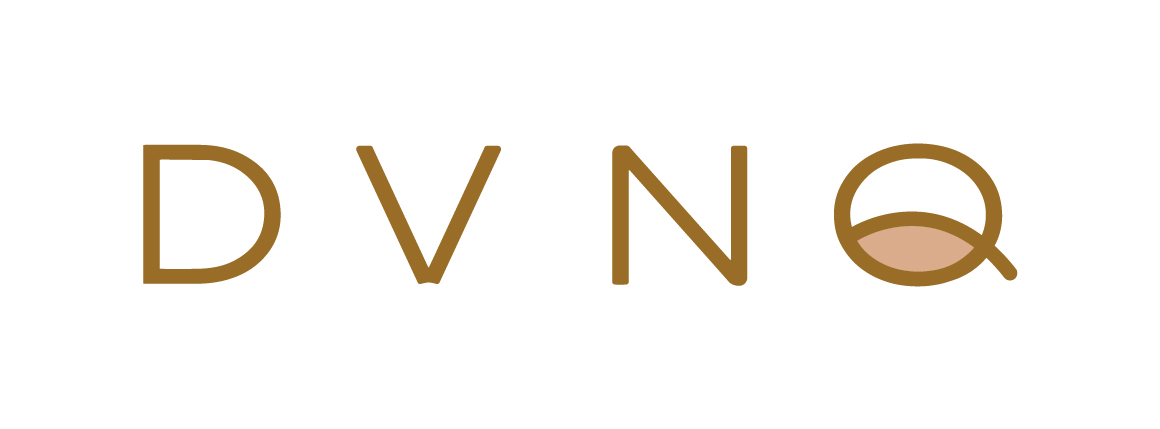
Types of DV
Fear
Fear is a key element in domestic and family violence and is often the most powerful way a perpetrator controls their victim. Fear can be created by looks, gestures, possession of weapons (even when they may not have been used), destruction of property, cruelty to pets – or any behaviour which can be used to intimidate and render the other person powerless.
Verbal Abuse
Verbal Abuse includes screaming, shouting, put-
Emotional Abuse
Emotional Abuse Abusing the victim by deliberately undermining their confidence, leading them to believe they are insane, stupid, ‘a bad mother’ or useless. This type of abuse humiliates, degrades and demeans the victim. Threats include those to harm them or someone else, threats to take the children, to commit suicide. Behaviour can include silence and withdrawal.
Economic Abuse
Economic Abuse Domestic and family violence can include economic abuse which results in the victim being financially dependent on their partner or family member. The victim may be denied access to money, including their own, demanding that they live on inadequate resources. These can be contributing factors for women becoming ‘trapped’ in violent relationships.
Controlling Behaviours
Controlling Behaviours Controlling what the victim does, who they see and talk to, where they go, keeping them from making any friends, talking to family, or having any money. Preventing the victim from going to work, not allowing them to express their own feelings or thoughts, not allowing any privacy, forcing them to go without food or water. Not allowing cultural, religious or personal freedom. Controlling behaviours are often linked to jealousy.
Intimidation
Intimidation includes harassing the victim at their workplace or home either by persistent phone calls or text messages, following the victim to and from work, or loitering near work or home. It could also include smashing things, destroying property, putting a fist through the wall, handling of guns or other weapons, intimidating body language (angry looks, raised voice), hostile questioning, reckless driving.
Physical Abuse
Physical Abuse Physical violence can range from a lack of consideration for physical comfort to permanent damage or death. It could include such behaviour as pushing, shoving, hitting, slapping, choking, hair-
Social Abuse
Social Abuse This behaviour includes isolation from social networks, verbal or physical abuse in public or in front of friends.
Sexual Abuse
Sexual Abuse Sexual assault is an act of violence, power and control. It can include many behaviours including forced sexual contact, rape, forcing the victim to perform sexual acts that cause pain or humiliation, forcing them to have sex with others, causing injury to sexual organs
Separation Violence
Separation Violence This can involve various activities such as loitering and following, receiving persistent telephone calls and mail, and being watched.




